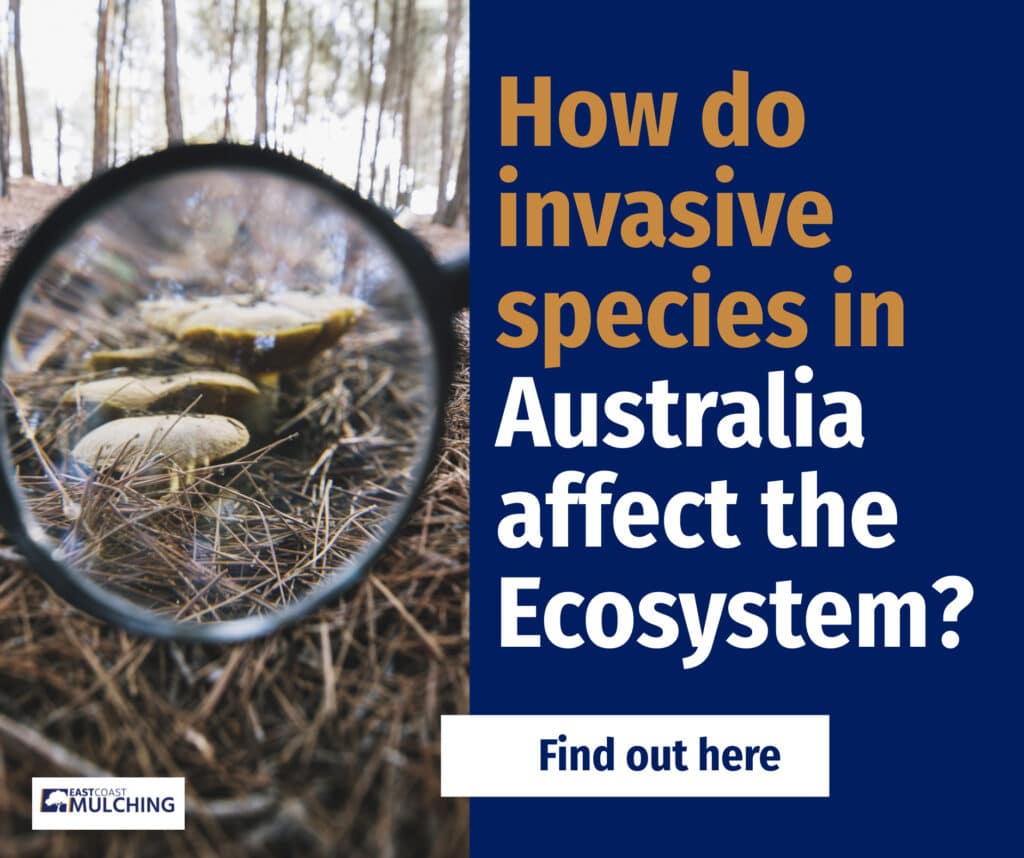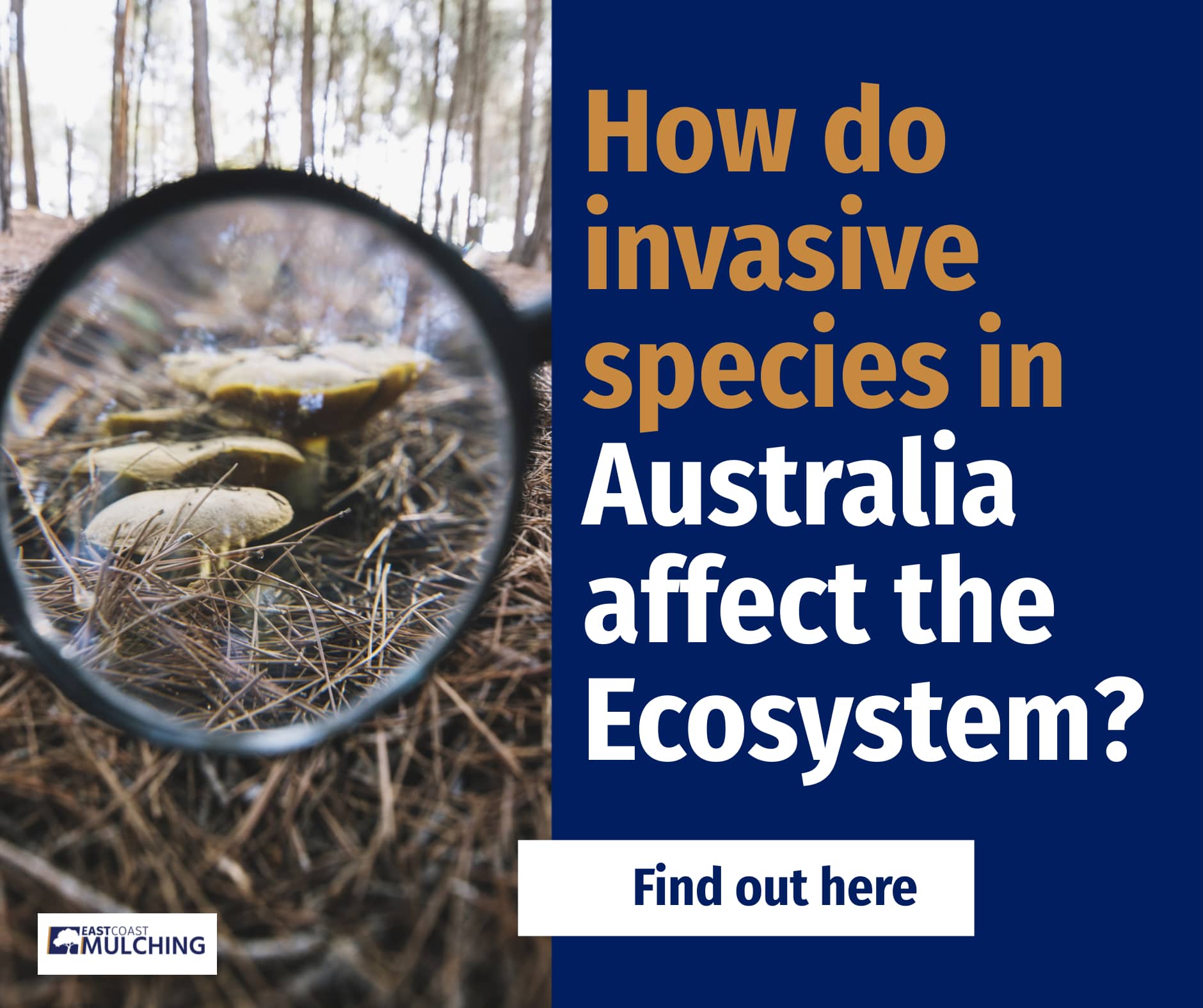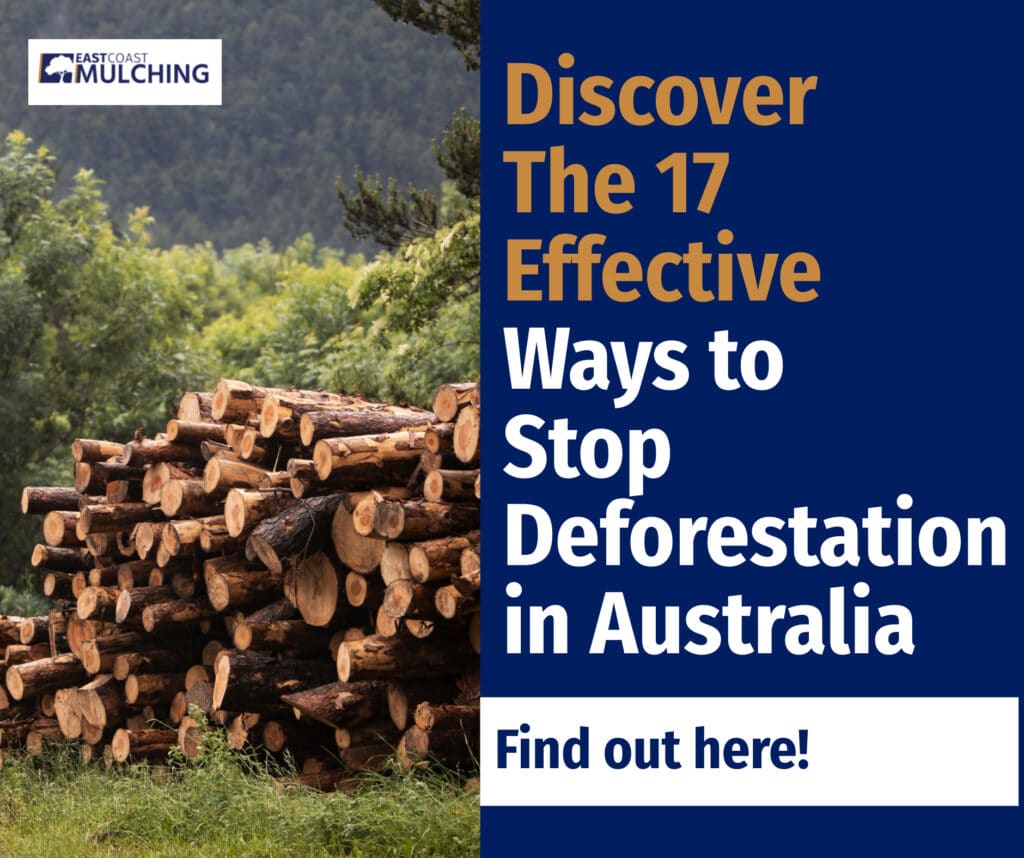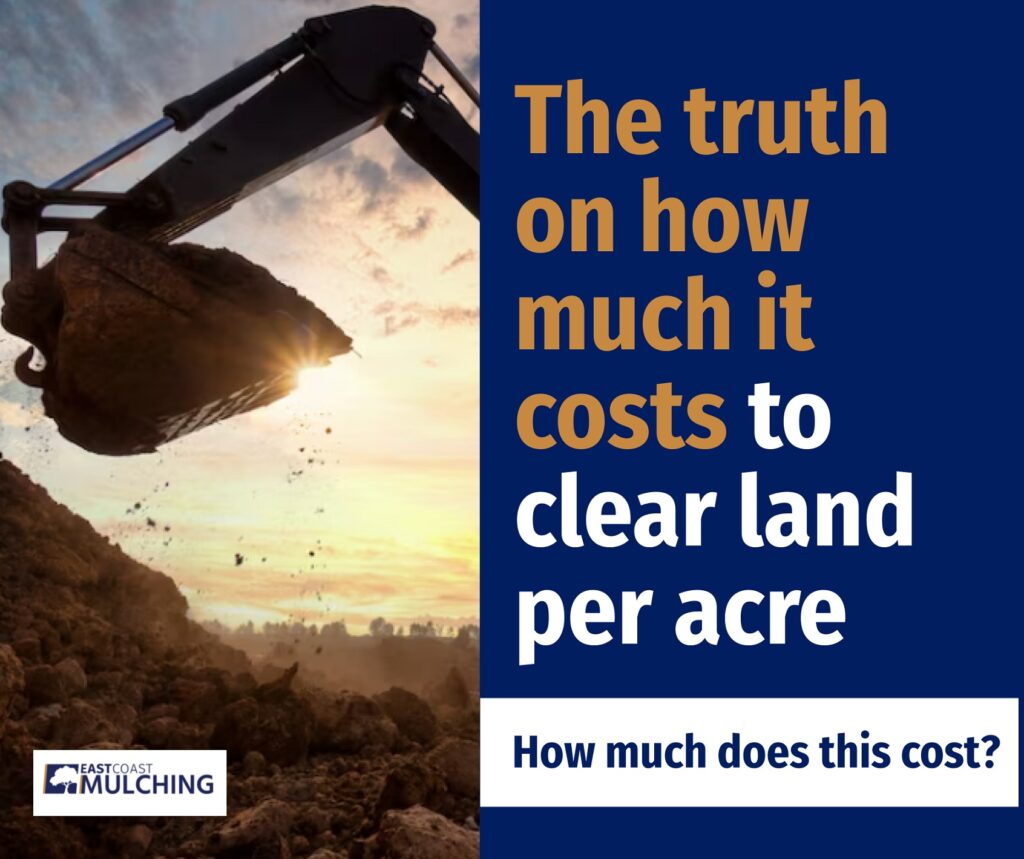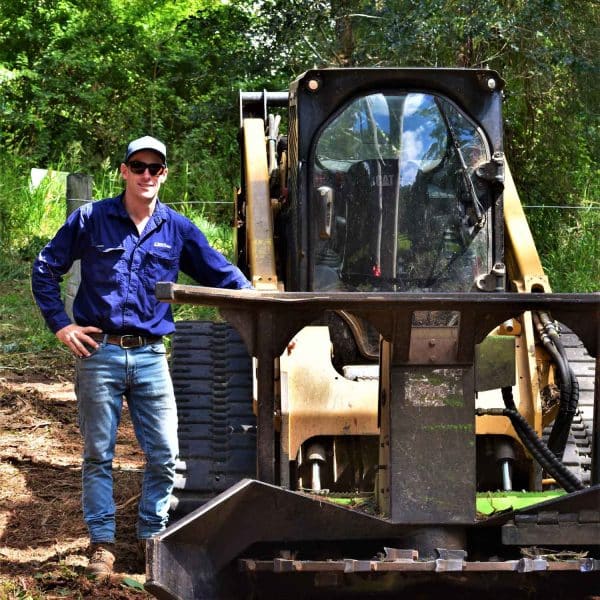Australia hosts dozens of invasive species. These unwelcome guests cost Australia in many ways. They impede agricultural production through the loss of livestock, degradation of pastures, and land damage. Moreover, these invasive species in Australia also significantly impact native plant species (flora, fauna), delicate ecosystems, and waterways are also impacted significantly. What are the main culprits, and what issues are we facing?
Key takeaways 
- Invasive animals have been introduced to Australia in many ways.
- The agricultural impact of pests costs millions of dollars in lost production.
- Foreign animals have driven dozens of native wildlife species to extinction and threatened many more.
- Invasive species pollute waterways and damage the environment through soil erosion.
- The Australian economy loses money through reductions in tourism, trade and production. It also suffers devalued land and damaged infrastructure.
Introduced species in Australia
Foreign animal species have been introduced to Australia for different reasons. Here are how some of the worst offenders made it to our shores:
- Foreigners brought dogs and cats as domestic pets;
- Foxes and rabbits provided sport for hunting;
- Mice likely stowed away in shipping cargo;
- Camels were used for transport in Australia’s desert regions;
- Cane toads were introduced to protect sugarcane crops from cane beetles.
Agricultural impact
The agricultural industry suffers massive losses as a result of pest species. The Queensland government estimates that feral pigs cost grain farmers $12 million in reduced production. Wild dogs cost farmers about $33 million in livestock losses, disease impacts and control measures. Some of the issues invasive animal species cause include the following:
- Destroying pastures and crops;
- Preying on livestock;
- The increased cost of control measures.
Impact on native species
Invasive animals pose a major risk to native plants and animals. European rabbits cause large losses of native vegetation through excessive foraging. Their ability to reproduce quickly increases their impact exponentially. This takes away food sources for native animal species.
Feral cats have driven some ground-dwelling birds and small mammals to extinction. They pose a significant threat to over 100 other native species. Feral cats also carry infectious diseases that spread to other wild animals, livestock, and humans. Pests may also outcompete other animals for shelter and food. They can also render areas uninhabitable.
Environmental impact
Invasive species have a huge impact on native ecosystems. They can damage the environment in various ways.
Waterways
Waterways are particularly vulnerable to disturbance by invasive animals. Waterways can assist in transporting pest species to other ecosystems like associated wetlands. Creeks and rivers can become polluted excrement and disease, affecting human access to drinkable water.
Soil erosion
Soil erosion is a critical threat to land viability. It destroys farmland and renders natural habitats unlivable for native species. Erosion can come from natural causes. However, it can also be accelerated by animals like feral pigs. Pigs dig up vegetation and eat large amounts of food. This behaviour destabilises the soil and can cause landslides and other soil loss. Large amounts of sediment can settle in waterways, affecting marine life and increasing the chances of flooding.
Economic Impact of Invasive Species in Australia
Other invasive species have far-reaching impacts on the Australian economy. Various industries spend tens of millions of dollars trying to monitor and control the threats. Reduced production in areas like agriculture leads to loss of revenue and employment. Production issues also lead to losses in trade. Pests can also cause major damage to infrastructure.
Some economic impacts are difficult to quantify. Damage to precious environments like national parks can affect trade in tourism and recreation. Properties overrun by exotic animals reduce land value dramatically.
Work with us
Invasive animals pose a significant challenge across Australia. The issue remains persistent despite the Australian Government and the Invasive Species Council implementing numerous costly control measures. To reduce the impact of pests on your property, you must use proper land management practices. Forestry mulching is an affordable and sustainable method to protect your land. Removing weeds and potential habitats can prevent unwanted animals from occupying the space. Call us for a free quote for your property.

